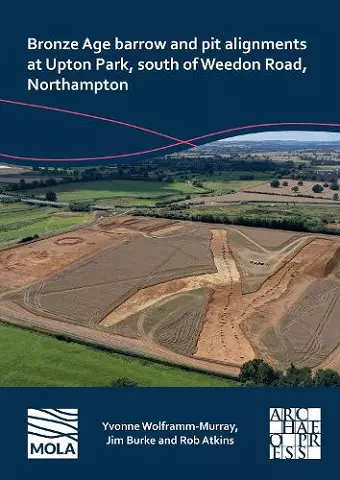Bronze Age Barrow and Pit Alignments at Upton Park, South of Weedon Road, Northampton
Rob Atkins author Jim Burke author Yvonne Wolframm-Murray author
Format:Paperback
Publisher:Archaeopress
Published:26th Oct '23
Should be back in stock very soon

This non-fiction paperback, "Bronze Age Barrow and Pit Alignments at Upton Park, South of Weedon Road, Northampton" from Rob Atkins, Jim Burke & Yvonne Wolframm-Murray, was published 26th October 2023 by Archaeopress.
ISBN: 9781803276229
Dimensions: unknown
Weight: 594g
116 pages